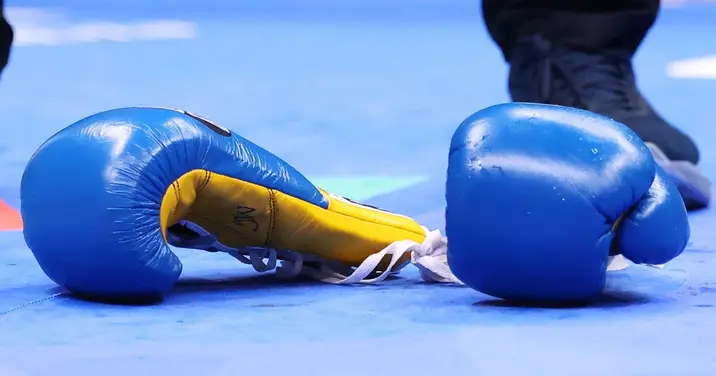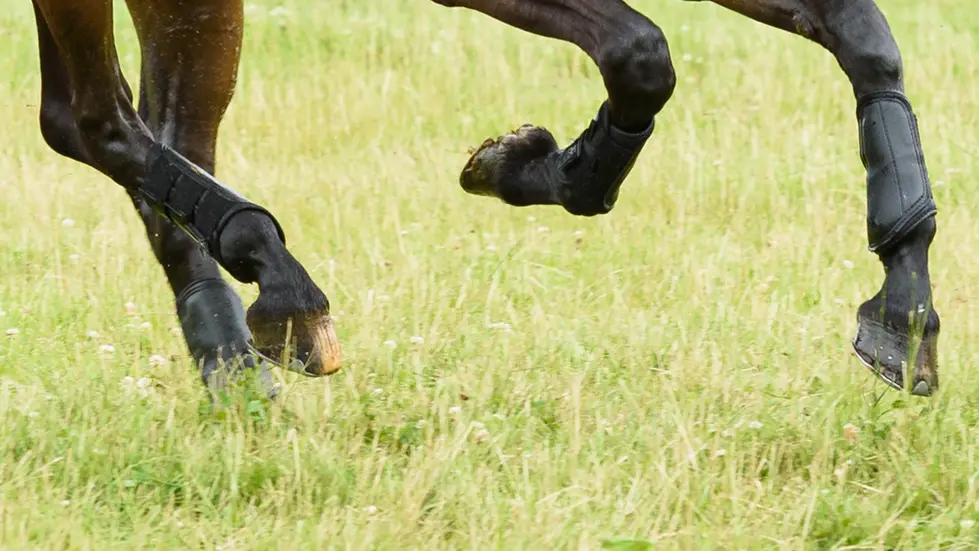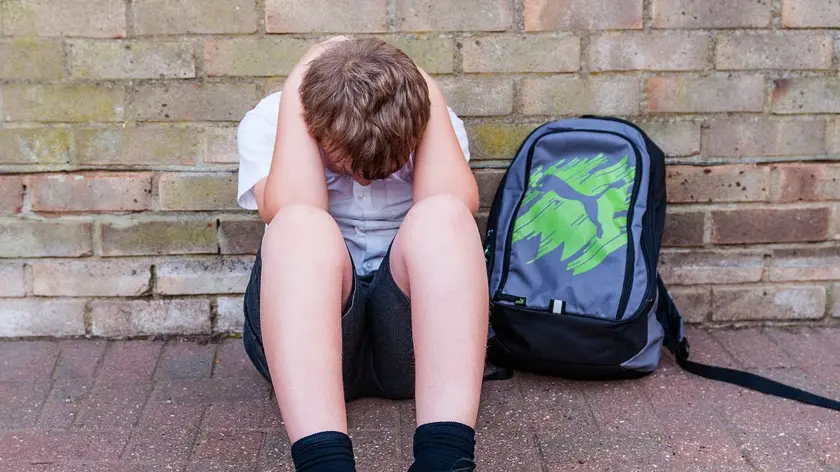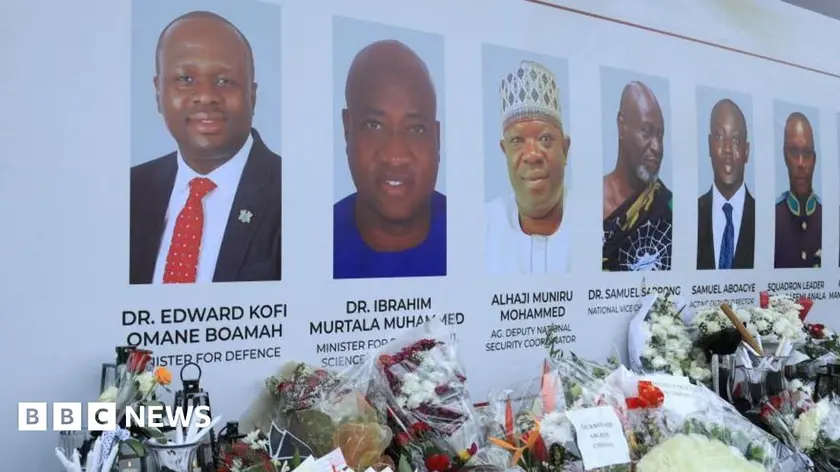T4K3.news
Boxing fatalities prompt safety review
Two Japanese boxers died after brain injuries on the same card in Tokyo, prompting a regulation change.

Tragic deaths of two boxers on the same card prompt questions about safety and regulatory reforms in boxing.
Two Japanese boxers die from brain injuries at the same event
Two Japanese boxers died from brain injuries sustained in separate bouts on the same card at Tokyo’s Korakuen Hall. Shigetoshi Kotari, 28, collapsed after a 12-round bout against Yamato Hata for the OPBF junior lightweight title on August 2. He underwent emergency brain surgery for a subdural hematoma but died on Friday, according to the World Boxing Organization. On Saturday, fellow 28-year-old Hiromasa Urakawa died after suffering the same injury during a knockout loss to Yoji Saito; he had undergone a craniotomy in an attempt to save his life.
The incidents prompted a swift regulatory response. The Japanese Boxing Commission announced that all OPBF title bouts would be shortened from 12 rounds to 10. The deaths are part of a broader pattern of serious injuries in the sport, with an earlier case this year in Belfast prompting renewed debate about safety protocols and medical readiness on fight night.
Key Takeaways
"Rest in peace, Shigetoshi Kotari"
WBO statement after Kotari's death
"The boxing world mourns the tragic passing of Japanese fighter Shigetoshi Kotari, who succumbed to injuries sustained during his August 2nd title fight"
WBO social post
"We extend our deepest condolences to the families, friends, and the Japanese boxing community during this incredibly difficult time"
WBO social post
These tragedies expose a clash between the sport’s appeal and the risks athletes face. Reducing rounds is a visible, immediate move, but it does not address deeper questions about head trauma, post-fight medical care, or independent safety oversight. The change may appease some fans and policymakers, yet critics argue that reforms must be consistent across regions and weight classes, not limited to a single promotable series. The public mood around combat sports is unsettled, and organizers could face growing pressure for transparent injury data and standardized medical protocols.
Experts say data on boxing-related brain injuries remains incomplete, making policy steps hard to calibrate. The incidents could spur calls for independent safety reviews, stricter pre-fight screening, and longer-term monitoring of athletes’ health. If policy lags behind headlines, the sport risks a lasting credibility gap with fans, sponsors, and potential regulators.
Highlights
- The ring must protect as fiercely as it competes
- Safety is a shared duty from gyms to boards
- Real reform must follow real tragedy
- When rules lag, athletes bear the cost
Safety and regulation under scrutiny after boxing fatalities
The deaths raise questions about safety protocols, medical readiness, and regulatory oversight in combat sports. Coverage and policy responses could trigger public backlash and political scrutiny, affecting stakeholders from promoters to sponsors.
Safety must move faster than headlines.
Enjoyed this? Let your friends know!
Related News

Two boxers die in Tokyo event

Tragic fall at Aston le Walls prompts safety review

Fort Stewart Shooting Suspect Identified

SSRIs safety signals prompt review
Water slide incident injures guest on Icon of the Seas

Major amusement park ride collapse injures 23 in Saudi Arabia

Times Square shooting prompts safety questions

Health risk at resort
